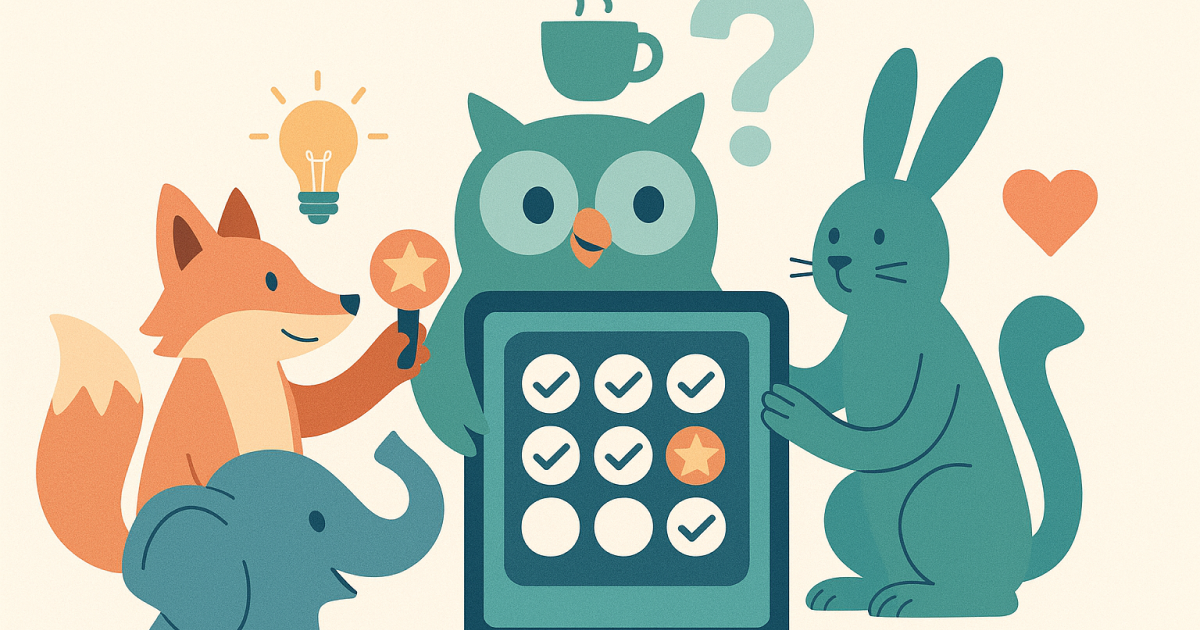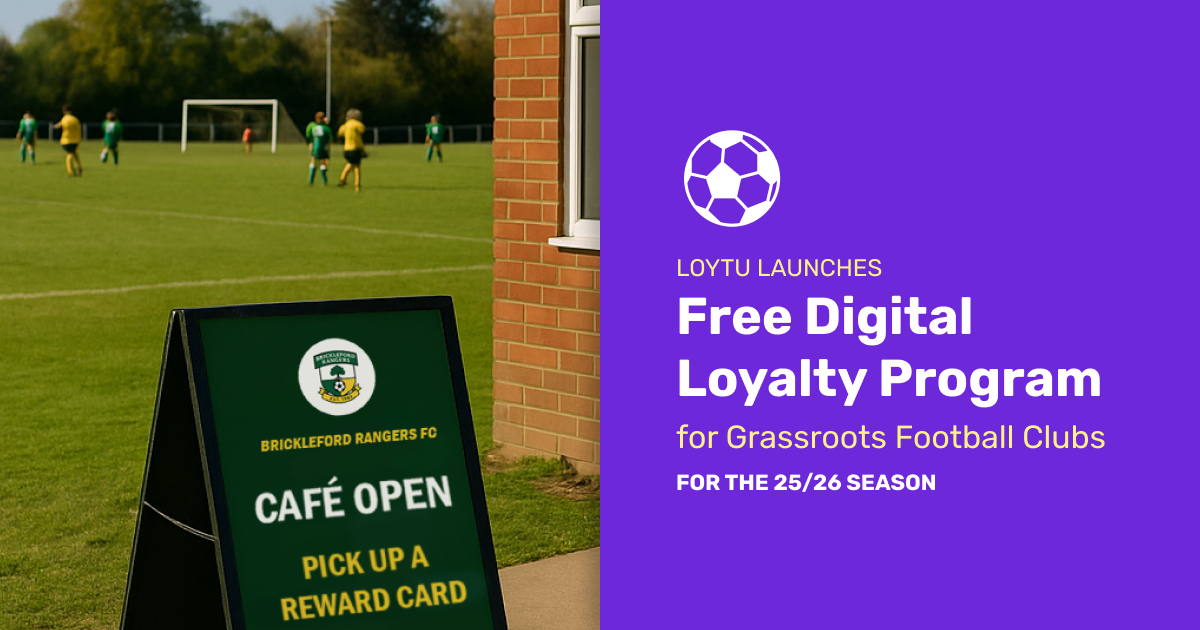Loyalty Cards... for Your Team? Rethinking Rewards in the Workplace

Many businesses might argue that loyalty cards and stamp card programs are purely for customers. After all, they're designed to incentivize repeated business, fostering long-lasting customer relationships. But what if we altered that microscope just a tad?
Flip the Script:
Consider the exciting potential that lies in rewarding not our customers, but our employees. Imagine a shift in which loyalty cards moved inward, within the company, to become a powerful tool driving positive work culture.
With this, I dare you to think of the workforce like internal customers — customers whose repeated engagement and dedication to the company deserve to be incentivized, recognized, and rewarded.
The idea here is not to replace vital factors like fair compensation or growth opportunities, but to supplement them with small, yet frequent recognition. Employees, like customers, yearn to feel valued. And the beauty of this concept lies in its simplicity — everyday victories, minor accomplishments, and even the small steps along the journey to grand objectives can be acknowledged and rewarded.
Why It Matters:
In today's fast-evolving work environment, employees look for more than just a standard salary slip. They seek environments where their contributions are appreciated, where their efforts are recognized, and they are made to feel an intrinsic part of something bigger. And when this isn't the case, it can lead to disillusionment, decreased productivity, or even burnout.
Micro-incentives, like digital loyalty cards for employees, might be a simple response to this expectation. By creating platforms and processes to reward small achievements with tokens of appreciation, maybe your company could demonstrate a novel approach to employee motivation.
Use Case Ideas:
Starting with Management-driven stamps seems like an ideal place. Managers, having a birds-eye view of the team dynamics and operations, could leverage this card system to highlight and reward punctuality, creativity, and efforts that often go unnoticed.
This could serve as an excellent tool to accentuate the positive activities, cultivating a culture of proactive contribution in the workplace. To inspire constant growth, learning and development goals broadening the reward parameters can be another exciting prospect. After all, leading isn't only about operational tasks but also about evolving, learning, and improving.
This can be initiated by mandating earnable stamps for attending workshops, upskilling, or contributing innovative thoughts that propel the business forward. Such recognition not only fosters personal growth but also encourages a culture of continuous learning within the team.
Remember the essence of a rewards program lies in reflecting the company's values—so be sure to align these use-case ideas with your business principles.
What the 'Rewards' Could Be:
As for the rewards themselves, they should embody experiences or privileges that matter to the employees, doing wonders in terms of fostering loyalty and enhancing productivity. For example, an extra break, a coffee voucher, or even priority parking for a week. Or even, an “early finish Friday” badge could be a real game-changer for some employees giving them the much-needed downtime, or to set personal errands in order. In line with the increasing trend of remote working, offering an "Extra Remote Day" can go a long way in promoting work-life balance.
People appreciate flexibility in their work schedules. Recognize that and you've got your team's loyalty. "Lunch on the House," doesn’t necessarily have to be expensive or fine dining—it's about the gesture of appreciation. This small act symbolizes CEO's care about their employees' wellbeing and appreciate their efforts.
Public recognition also serves as a strong motivator. Therefore, incorporating rewards like “Recognition in Team Meetings” or “Spotlights in Internal Newsletters” can act as morale boosters, instilling a sense of pride and satisfaction among employees.
Why Digital Wins:
OK so your thinking about it now but... the shift from analogue to digital processes has proven to upend stale routines and norms, and this includes rewards and recognitions. Paper stamp cards can indeed get lost, or even worse, end up feeling transactional and insincere. This is where digital loyalty platforms like Loytu will come into play.
With something that's easy to track and access digitally, you create a validation system that's hard to lose and easy to use. It also allows for easy visibility, not just for the company but for your employees as well. Being able to see their progress and rewards can be an incredible motivator.
Final Thoughts:
It's Not Just About Loyalty — It's About Belonging Loyalty is not just about retaining employees for the long haul, it's about creating a shared sense of belonging. In a world where attrition rates are skyrocketing, it's crucial to make employees feel seen, heard, and rewarded for their efforts.
Yes, economic incentives are important; but creating an environment where employees feel valued and recognized leads to more than loyalty — it leads to dedication, commitment and a team that believes in the company's vision as much as you do. When employees feel like they are a part of something bigger, when they feel like their work matters, they don't just clock in and clock out — they show up, they contribute and they drive your business to better heights.
After all, the real strength of a business isn't just making money, it's also about creating a team that thrives together.
It's an interesting thought... no?

